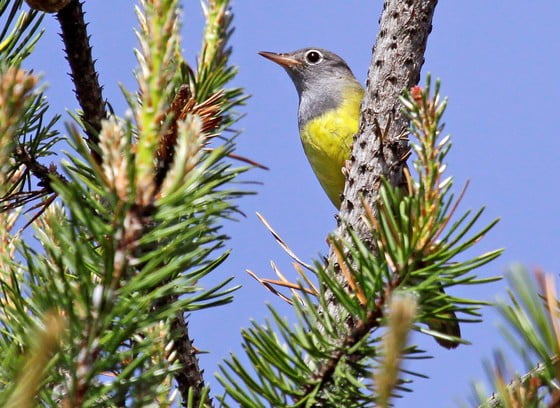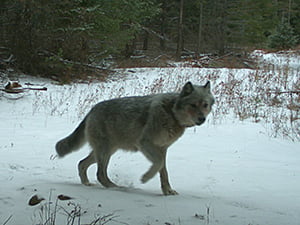
The Australian Marine Conservation Society (AMCS) has claimed there’s been a large increase in protected species interactions in the Eastern Tuna and Billfish Fishery (ETBF) in recent years, which is just not true.
Today the AMCS said there are “alarming threatened species bycatch hotspots in areas that would have been protected under Australia’s original marine parks plans proclaimed in 2012” and “the reported capture of sea turtles on commercial tuna longliners has skyrocketed in waters around a beautiful and remote Coral Sea reef”.
It’s really important to note that the majority of interactions between commercial fishing operations and turtles do not result in deaths, with the majority of animals released and swimming away.
AFMA makes its data public, via data.gov.au and www.afma.gov.au, and the AMCS has misrepresented AFMA’s protected species data, incorrectly linking it and the Australian Government’s marine protected area (MPA) program.
A lot’s happened since 2012. AFMA has been able get better, more accurate data around interactions with protected species since mid-2015, when we introduced cameras on ETBF boats. Prior this, AFMA had observers on board only five per cent of fishing trips.
The AMCS claims suggest there’s been an increase in turtle interactions, however, while interaction rates vary between years, the average turtle interaction rates from observer reports from 2001-2015 are comparable with camera-based data from 2015 to now. This indicates there has been no real increase in the number of turtle interactions.
It’s important to note that other AFMA-managed fisheries, with cameras installed since 2015, and which operate in areas of the Australian Fishing Zone with MPAs, show a similar number of protected species interactions.
So there is no established relationship between the presence or absence of MPAs and the number of interactions with protected species by Commonwealth fishers.
This result is supported by the behaviour of many protected species, which cover long distances throughout their lives, and spend only limited time in areas designated as MPAs.
Turtles in particular are exposed to many other hazards, such as erosion and predation around nesting sites, boat strikes, injury from recreational fishing activities and entanglement and ingestion of plastics.
Like you, AFMA and the Australian fishing industry don’t want to see protected species harmed. Our data is public, we aim to be as open and transparent as possible, and our efforts to reduce interactions with protected species is ongoing.
We are at the forefront of applying technology and equipment to minimise interactions with protected species, for example with the use of line weighting and tori lines to mitigate seabird captures, and large circle hooks on shallow longlines to minimise turtle captures.
We’ve also mandated the use of line cutters and de-hookers across the Commonwealth fishing industry to increase survival rates of turtles that do interact with longline gear.

